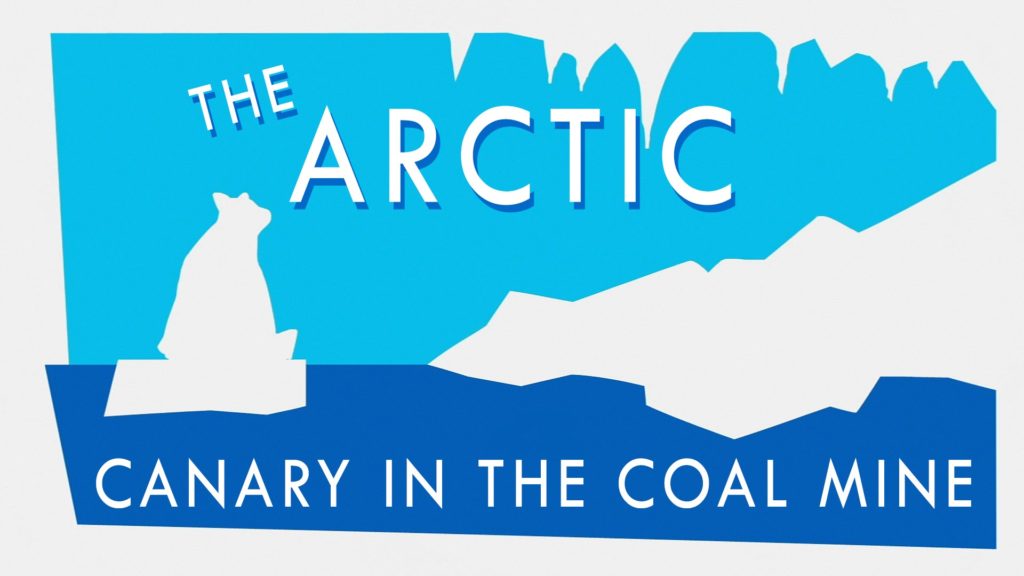Why the Arctic is climate change’s canary in the coal mine

We need to save the Arctic, not because it’s beautiful, but because our survival depends on it.
Scientists often describe the Arctic as the canary in the coal mine when it comes to predicting the impact of climate change. One type of climate feedback involves reflectivity. We know that snow and ice are very effective at reflecting the sun’s energy, so when the Arctic warms up a little some of the snow and ice melts exposing the ground and ocean underneath, the escalated heat absorbed by the surfaces causes even more melting.
The current situation in the Arctic follows the warning pattern, the opposite is also possible. A dribble in temperature could be freezing more, escalating the amount of reflective snow and ice, leading to a cycle of cooling as in previous ice ages.
Arctic sea ice is also liable for another reaction mechanism through insulation, which is formed by a layer on the ocean’s surface, the ice acts as a buffer between the frigid arctic air and the warm water underneath., and when it melts heat decamps from the ocean warming the atmosphere and causing more ice to melt in turn. These initial changes amplified in the same direction.
Negative feedback is when the change leads to effects that work in the opposite direction, Melting ice can be menacing by releasing moisture into the atmosphere which escalates the amount and thickness of clouds present, which can cool the ambiance by blocking more sunlight. It is short-lived due to Arctic summer when sunlight is scarce the increased moisture and clouds warm the surface by trapping the Earth’s heat which is good.
On a warming planet, these reactions ensure that the North Pole wars at a faster rate than the equator. The diminished temperature differences between the two regions may lead to slower jet stream winds and less linear atmospheric circulation in the middle latitudes.
What concerns us is the shifts in the weather pattern will last longer and be more extreme, with short-term fluctuations becoming persistent cold snaps, heatwaves, and floods.
The Arctic sensitivity doesn’t serve as an early menace alarm for climate change. So what happens in the Arctic doesn’t always stay in the Arctic.






Responses